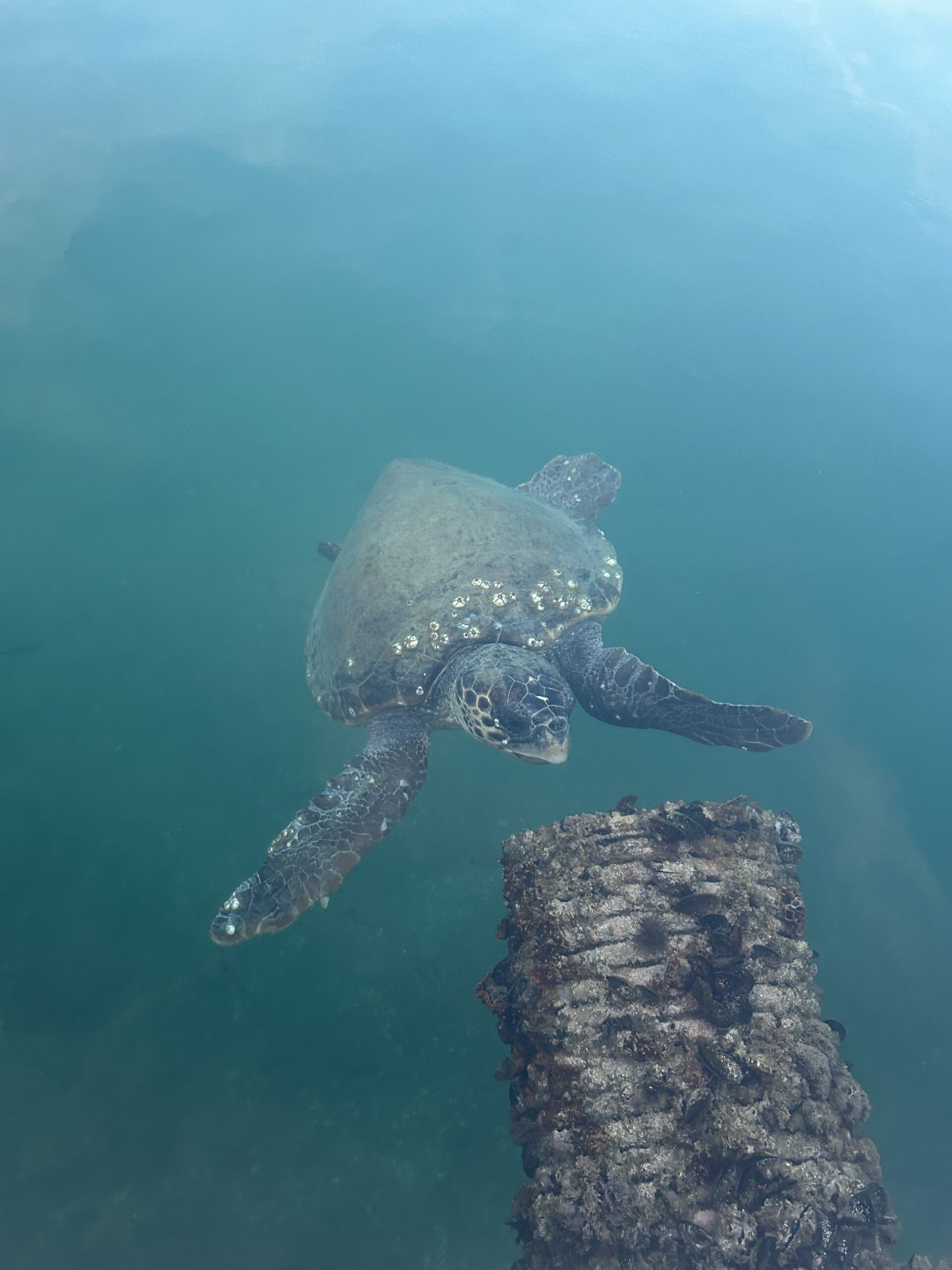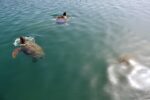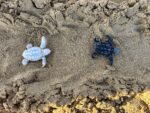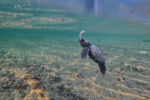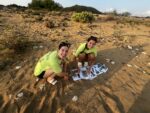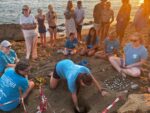Our Latest News- June 21, 2024
Lourdas Field Station
After a steady start to the nesting season, we were thrilled to discover our first nest in the Lourdas area on 7th June! We now have 12 nests, with 6 of these safely relocated. Since 1st June, there have been 58 emergences, plus the 12 nests, bringing the total to 70.
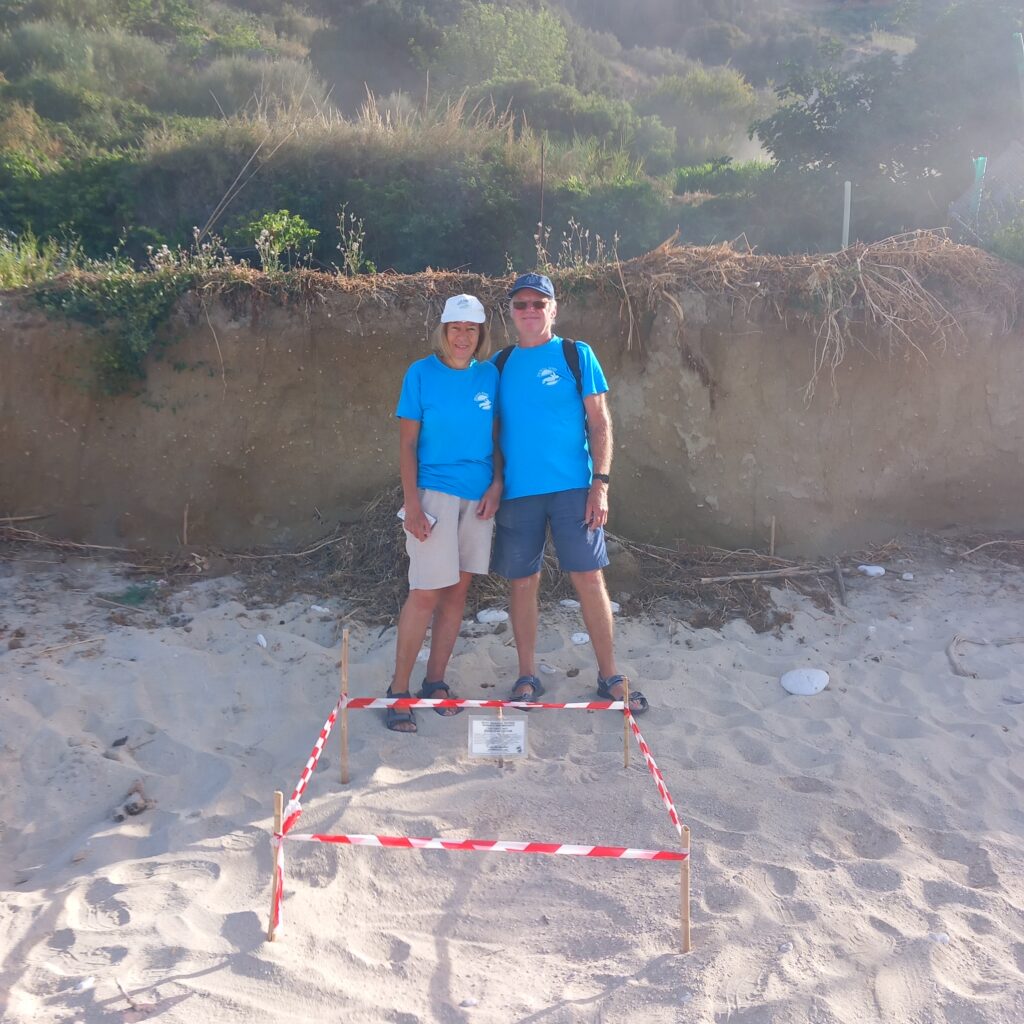
One nest was found under sea wall stairs on Lourdas Beach, highlighting the importance of vigilance during surveys. Nests in such locations are at high risk of inundation due to the narrow beach width and proximity to the sea wall. Additionally, being in a high-traffic area, these nests are susceptible to being trodden on and potentially destroyed if left undiscovered. For a few weeks now, Kanali Beach has had a resident goose! Inquisitive and friendly, he has followed us around, “helping” to decipher tracks and find nests. While he is a delightful character, we hope the National Park will soon find him a more suitable home!
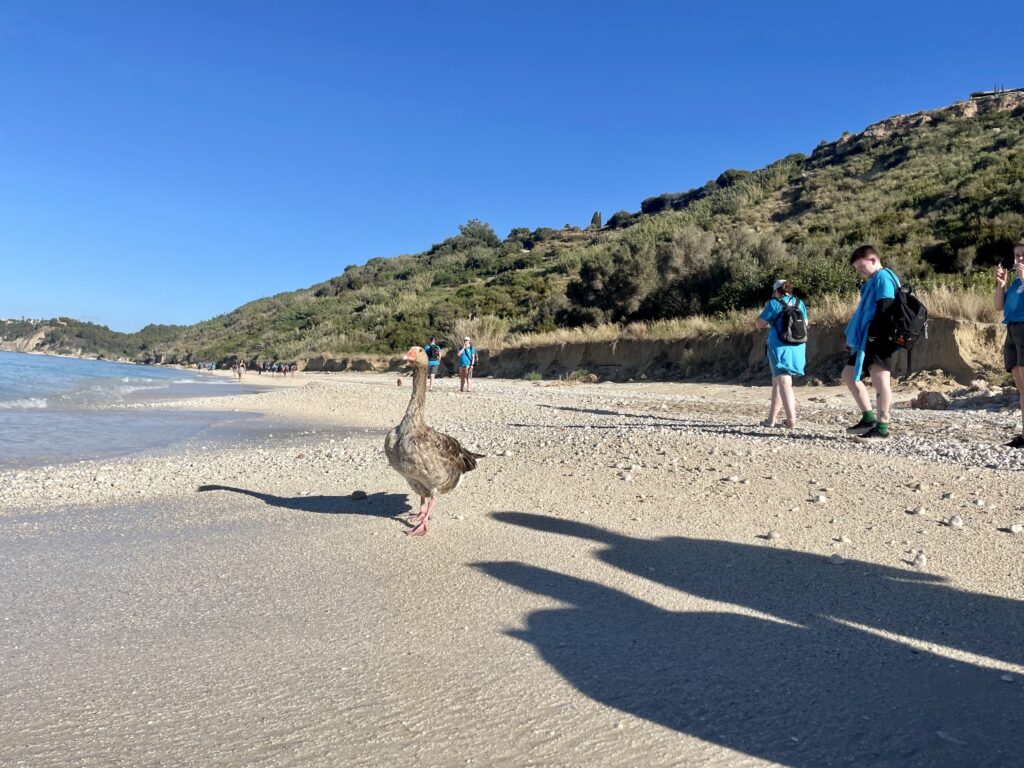
Lixouri Field Station
It has been a very busy start to the season in Lixouri, with nests being laid across 10 different beaches. The current total protected nest count is 54, more than double what it was in Lixouri this time last year. 25 of these nests were laid in vulnerable areas, often too close to sea, hence were relocated to improve hatching success. A nest laid on Loggos 2 beach, close to Lixouri town, was one of the first nests to be relocated. Little turtle activity has been recorded on this beach in the past, however it is now surveyed daily by our volunteers, due to this nesting occurrence.
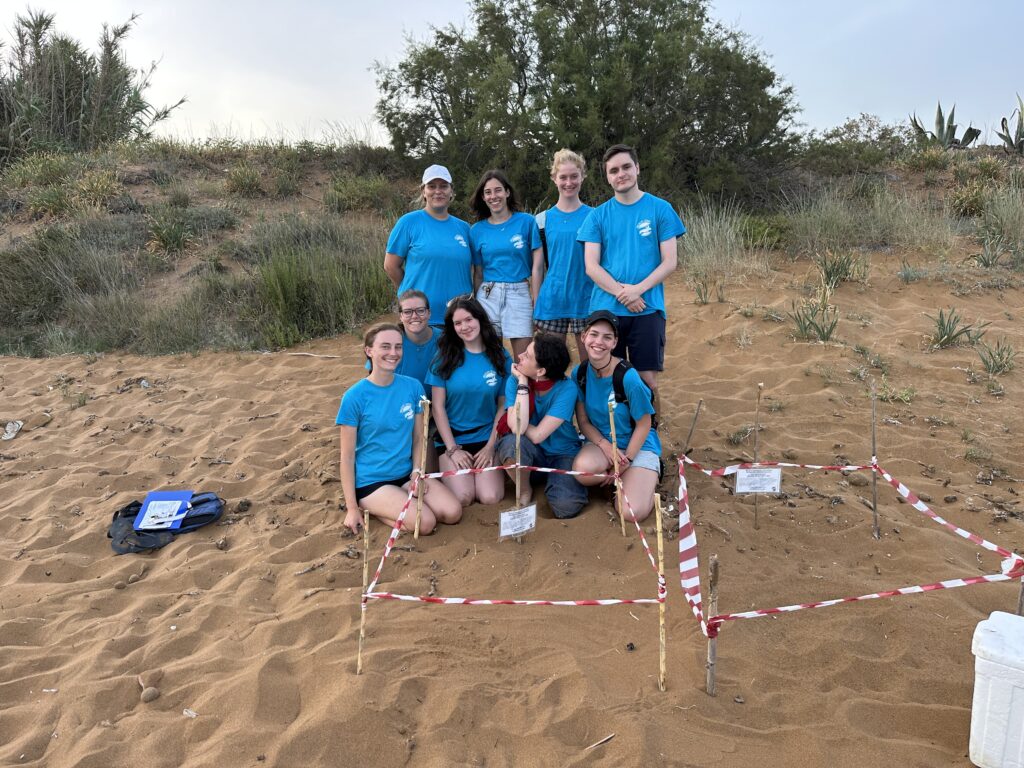
There was also a turtle emergence on Loggos 1 beach, which is even closer to the town centre, observed by tourists at 5 pm. Nesting females usually emerge after sunset, hence this was a rare occurrence. Some turtles have also been seen emerging in the early morning hours, after sunrise, which is also rare.
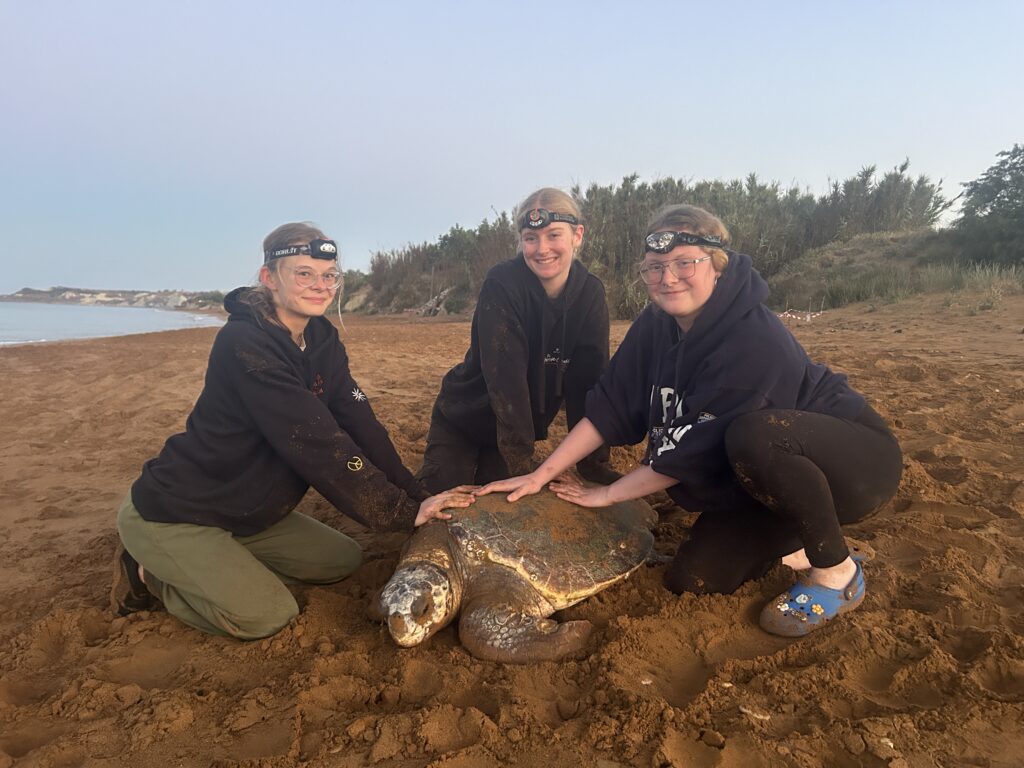
Night Surveys on Megas Lakkos Beach are in full swing and proving highly successful. 21 different individuals have been observed, 13 of which were newly tagged, including Gilleni, who has since returned to lay her second clutch of the season. A turtle previously tagged and released from Lampedusa Island in 2006, after being caught by trawlers in the area, was also seen nesting. Other females recorded include Doris, who was first tagged in 2015 and is now 92.5cm in curved carapace length (CCL), which is the largest nesting female to be recorded by Wildlife Sense. Melia, who is one of the most frequently spotted turtles in the Argostoli harbour was also seen attempting to nest for the first time. This was a pleasant surprise for the team, especially considering she is missing her front right flipper due to an old injury.
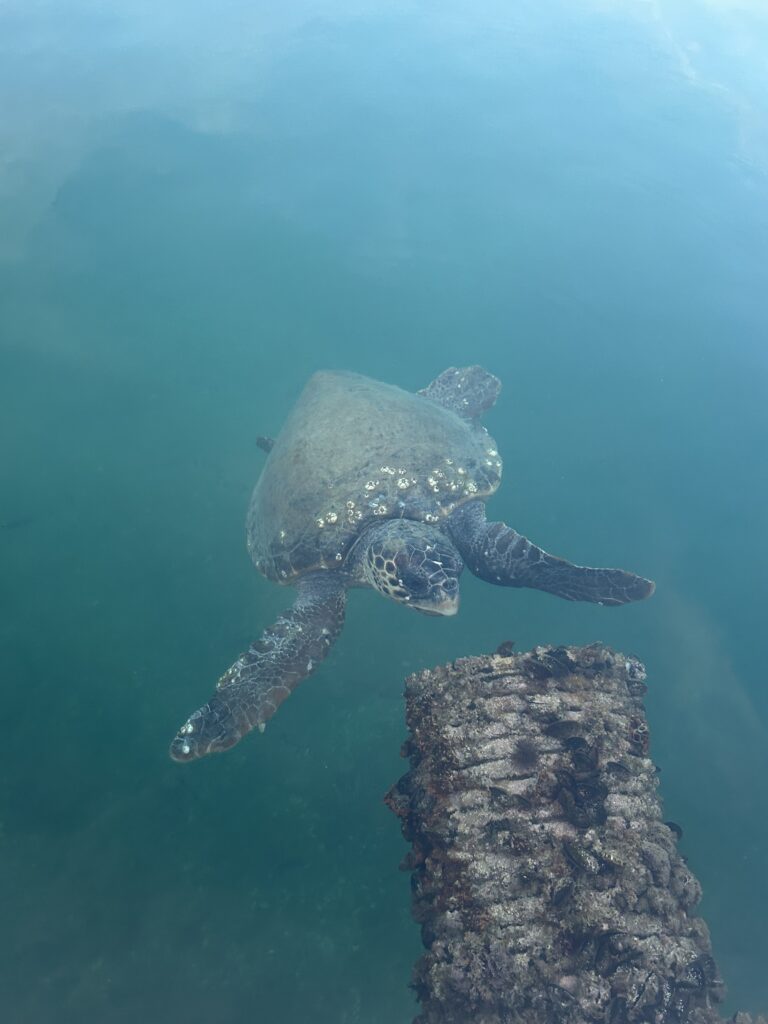
Argostoli Field Station
Our new volunteers have settled in very well. They all indulged on pizza night and after training day on Monday when all beach demos were complete everyone enjoyed a dip in the sea. In their free time, they have been on numerous boat trips exploring different beaches around the Argostoli and Lixouri area. They have been out for drinks and food in Lassi whilst also spending afternoons at various pools in the area.
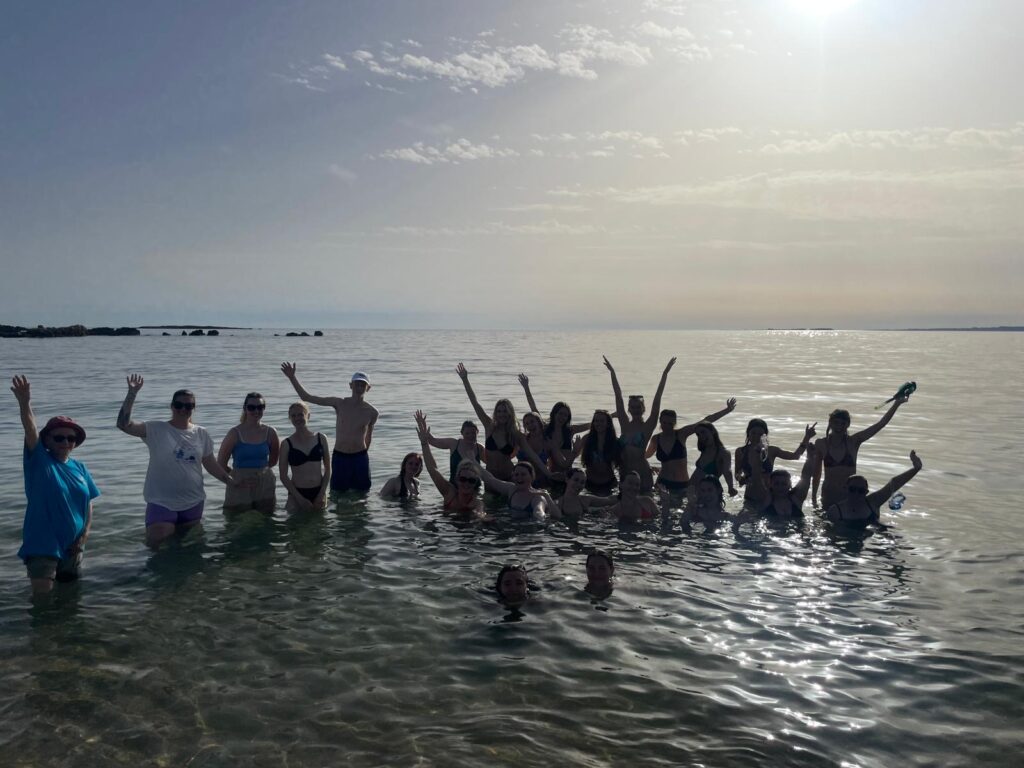
Our morning surveys have been very successful with a total of 17 nests found in the past week along with 99 emergences across the Lassi, Avithos, and Airport beaches. This week some of the volunteers were very lucky to find a nesting female on one of their morning survey shifts. The team was notified and quickly went down to take headshots and measurements. Just as they arrived the female was finishing up camouflaging her eggs so everyone sat back and watched. On her return to sea, the necessary measurements were taken, and the headshots showed she had a very unique scute pattern. Hopefully, this turtle will be seen nesting again so we can tag her!
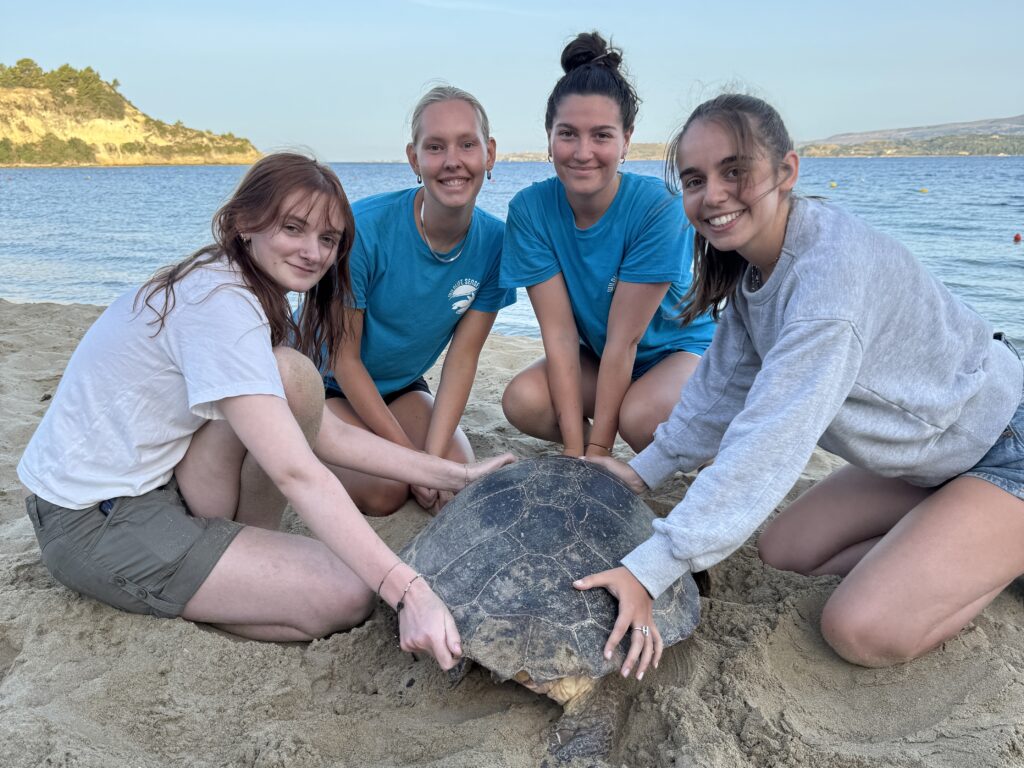
During one of our harbour shifts a volunteer spotted a turtle off the bridge with a float attached to its right rear flipper. The team acted immediately with all eyes looking out for the turtle as the team made their way to the harbour. After 20 minutes of searching the turtle was spotted again and we were able to safely remove the float. Thankfully, it wasn’t massively entangled and it came off easily. This was an excellent spot as over time the trailing line would have wrapped around the flipper causing even more entanglement and severe consequences. The turtle was then released in healthy condition.
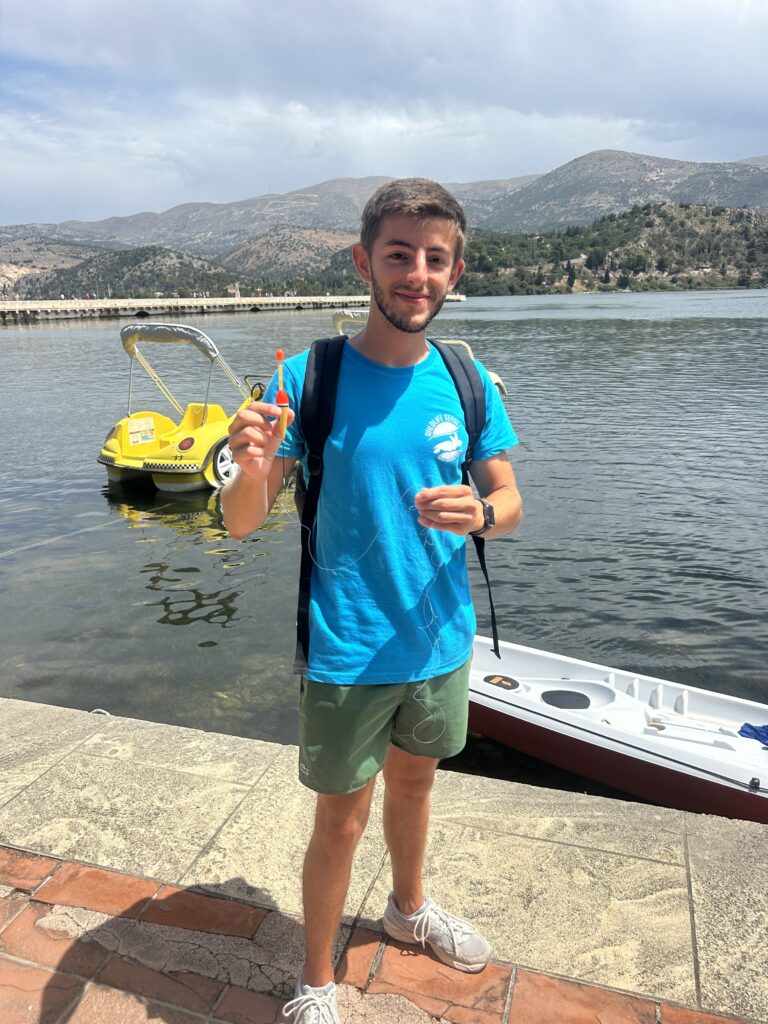
Skala Field Station
After a great start in the season with our first group of volunteers, it was time to welcome the second group for our Skala station.
During the first two weeks, our highly motivated volunteers have been able to map 9km of seafloor during their snorkelling surveys, with an average Posidonia coverage of 9,3%. During their beach clean and sand sifting surveys they have removed a large amount of rubbish and microplastic from the beaches, estimated to be eight full bin bags and one 2L bottle of microplastic, which we have repurposed into decoration for our office. These efforts contribute to a healthier beach and sand dune ecosystem, which is beneficial for both the vegetation and the animals that live in these environments. As for the sand dune survey, 162 quadrats have been analysed, providing crucial data that will be transmitted to the national park, in an aim to put in place more protection for the sand dunes.
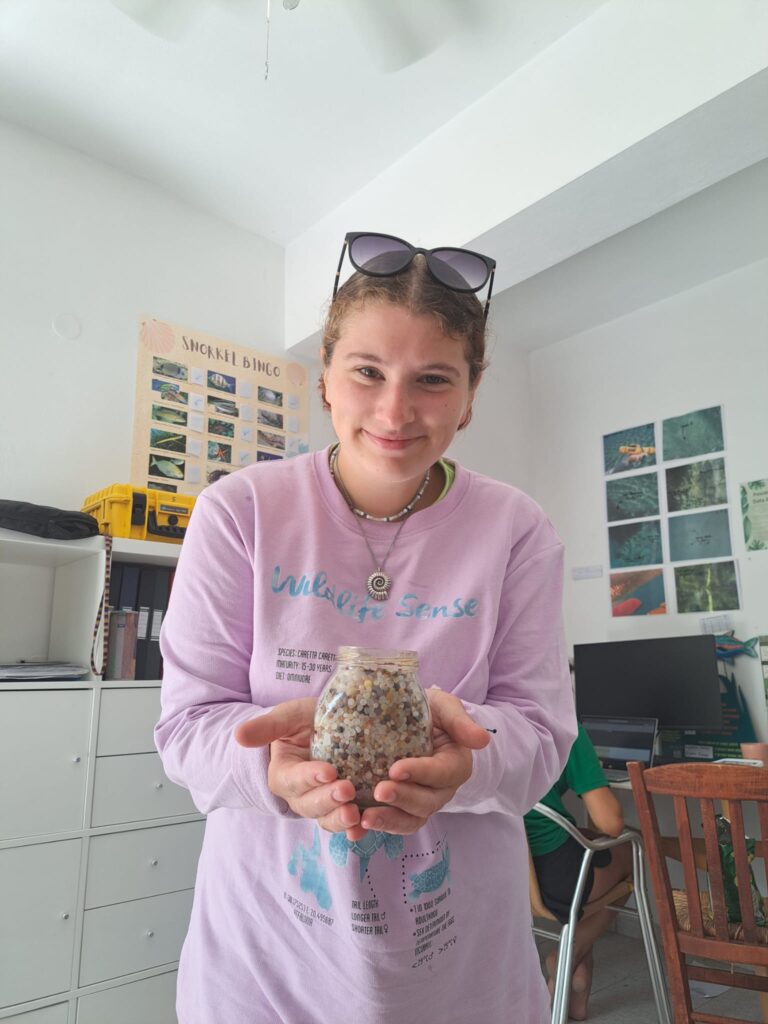
Our new group of volunteers is matching the efforts of the first group and has already collected a lot of data for our research, with beautiful views during their early morning shifts. Only a few days into their first week, some of them have already had the chance to meet turtles during their snorkelling sessions in their free time. They have also been enjoying an improvised dance night and will soon be able to enjoy the delicious pita wraps during our souvlaki night. The volunteers also have a boat trip to Zakynthos booked for their next day off and we are excited to hear all about their adventures exploring the beautiful island. We also look forward to seeing what they get up to in their upcoming days off.
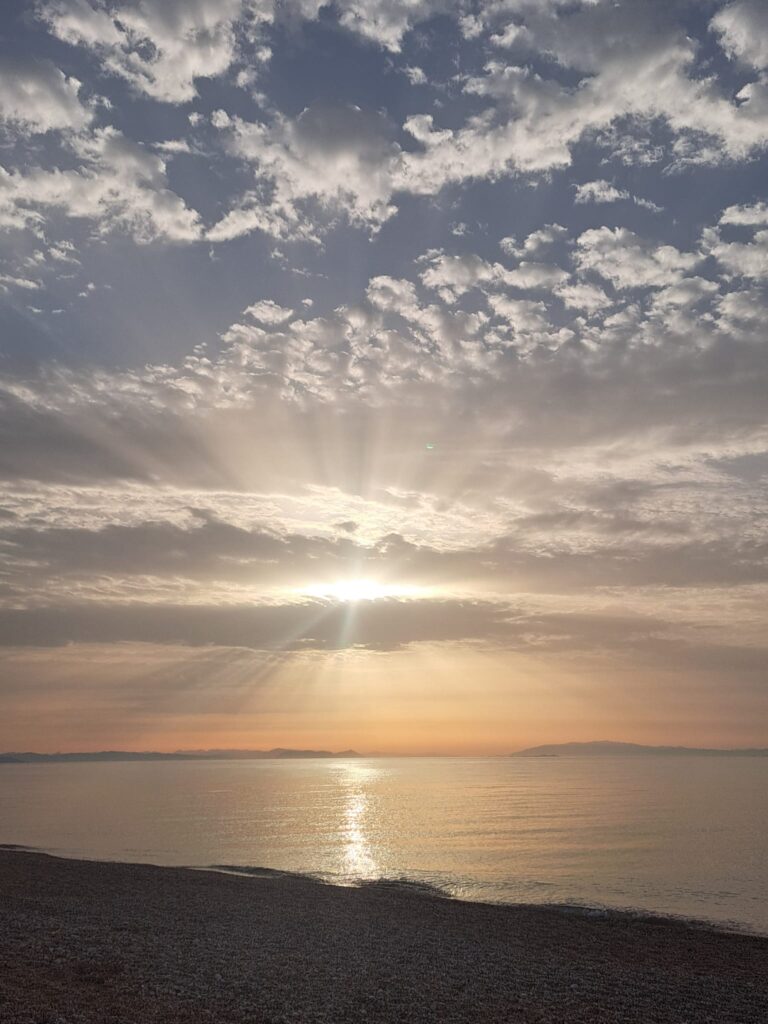
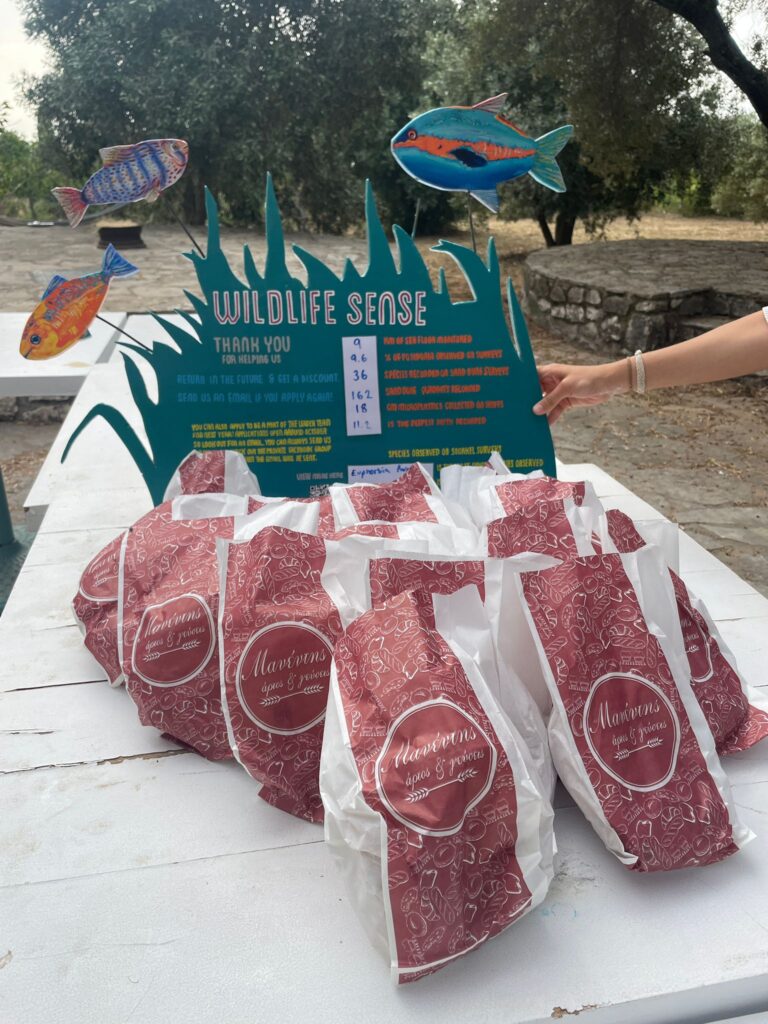
Education Program
On 6th June, we welcomed our first groups of the year to our education program! Kicking off the season with impressive data collections during our snorkel surveys around Fanari lighthouse, we have monitored seagrass distribution here on Kefalonia. The groups thoroughly enjoyed snorkelling, whether they were first-time fin wearers or experienced free divers.
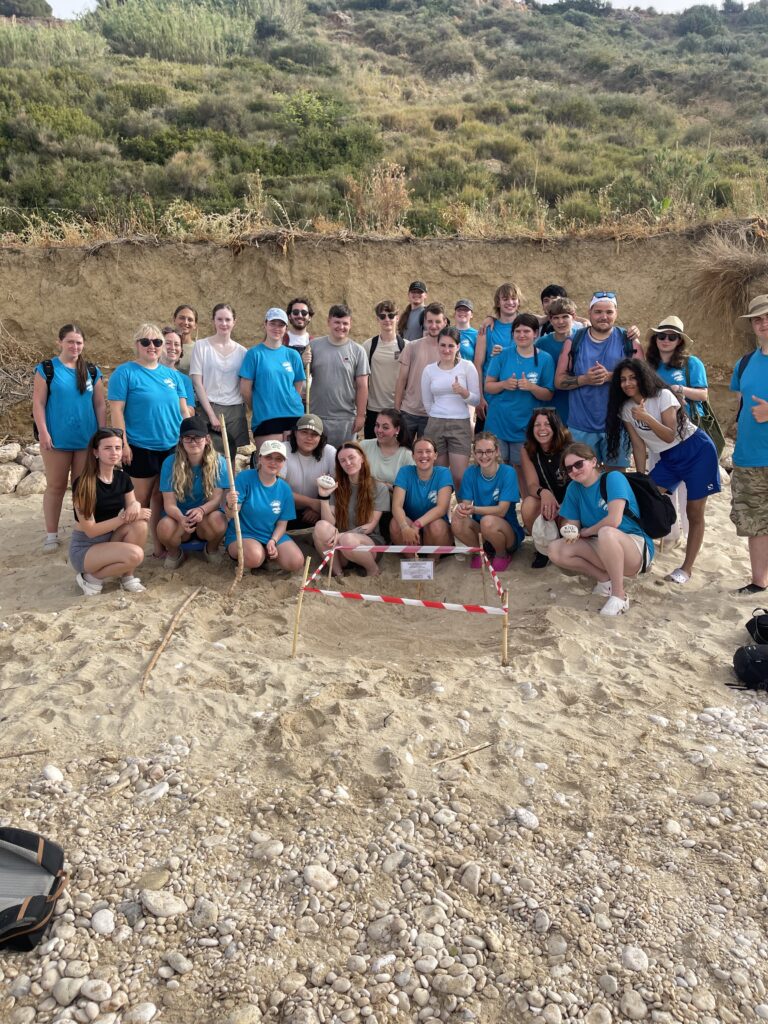
In addition to important seagrass observations, our group had the thrilling experience of spotting monk seals. Hundreds of years ago, Monk seal sightings were an everyday occurrence in Kefalonia, however now they are one of the most endangered mammals in Europe with fewer than 700 worldwide, 200-250 of those believed to be living in Greek waters! We were all incredibly fortunate to have experienced this.
Our morning surveys were lively with groups brimming with fascinating questions, eager to learn about our nest-finding processes and the reasons for nest relocation. They enthusiastically participated by helping us dig, collect GPS coordinates and measure distances to sea.

